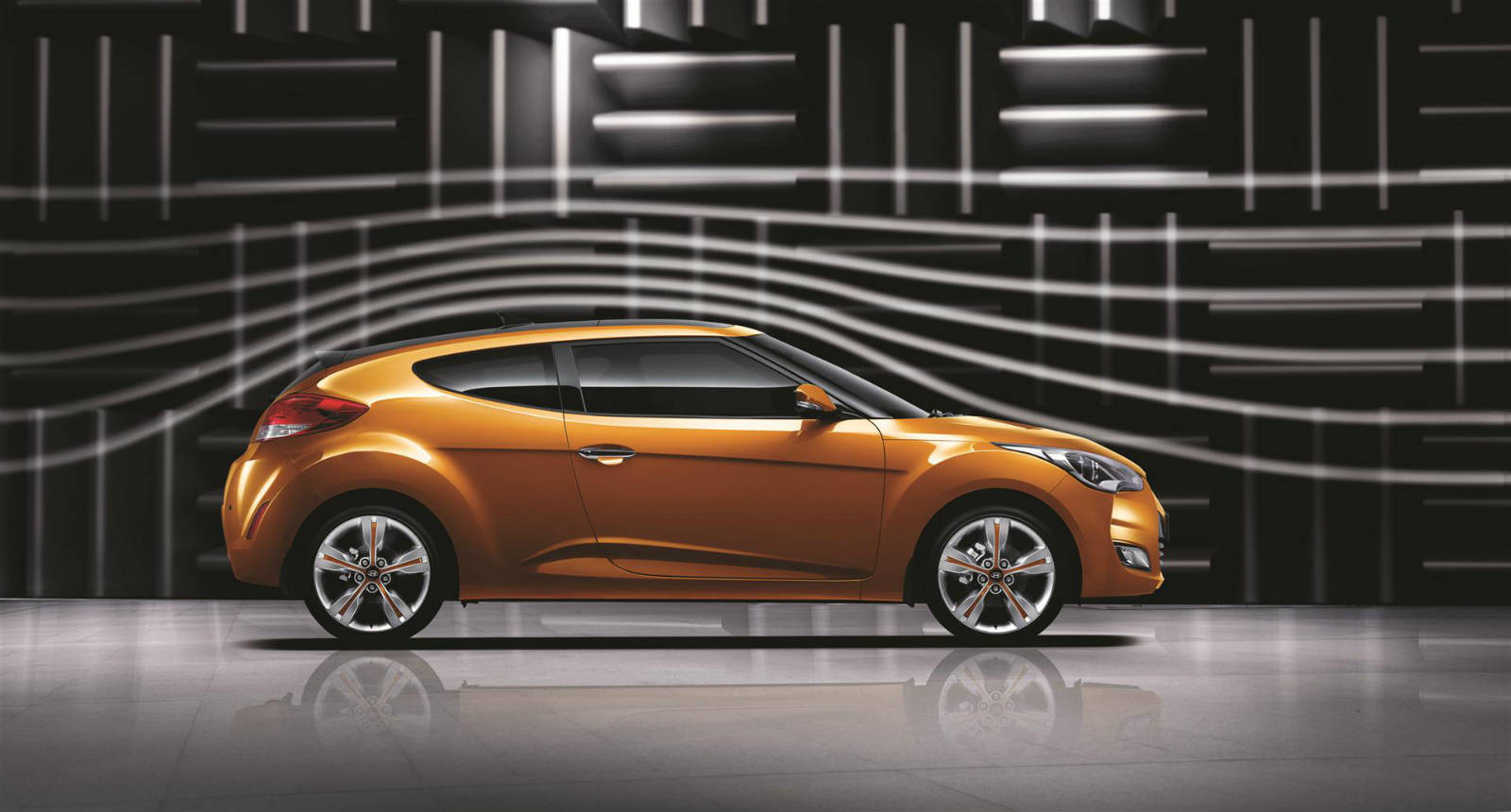The Essential Guide to EV Chargers and Accessories: What You Need to Know

Electric vehicles (EVs) are becoming the norm rather than the exception, and with that comes the need for reliable charging solutions. Whether you’re a new EV owner or looking to upgrade your setup, understanding EV chargers and accessories can make a huge difference in convenience, efficiency, and cost savings. From home charging options to must-have accessories, this guide breaks down everything you need to know to get the best experience from your electric vehicle.
Understanding EV Chargers: Levels and What They Mean
Before choosing the right setup, it’s important to understand the different types of EV chargers and accessories, and how they work. Not all chargers are the same, and selecting the right option can make a big difference in convenience and efficiency.
Level 1 chargers come standard with most EVs and plug into a regular household outlet (120V). They’re the easiest to use—just plug in and charge—but also the slowest. Charging with a Level 1 setup can take over 24 hours for a full charge, making it best suited for those who drive short distances daily.
For a more efficient home charging experience, Level 2 chargers are the way to go. These require a 240V outlet, similar to what a clothes dryer uses, and can charge an EV in a matter of hours rather than a full day. Many EV owners install Level 2 chargers at home to ensure they start each day with a full battery.
Level 3 chargers, also known as DC fast chargers, are the quickest option, often delivering an 80% charge in around 30 minutes. However, these are primarily found at public charging stations and aren’t typically installed at home due to their high cost and power requirements.
What to Look for in a Home EV Charger
If you’re considering installing a charger at home, there are a few key factors to keep in mind. Power output is an important consideration—higher power output means faster charging. Most Level 2 home chargers range from 16 to 50 amps, with higher amps providing quicker charge times.
Smart features are another useful addition, as some chargers come with WiFi connectivity, allowing you to schedule charges during off-peak hours, track energy usage, and receive notifications. You’ll also want to consider whether you prefer a plug-in or hardwired charger. Plug-in chargers are more flexible and can be removed or relocated easily, while hardwired units are permanently installed but often more weather-resistant.
Cable length is another factor that many overlook. A longer cable (typically 20-25 feet) provides greater flexibility in where you park and charge. If you’re installing an outdoor charger, make sure it’s rated for weather resistance to ensure durability. A good home charger makes all the difference in convenience, so choose one that fits your lifestyle and charging needs.
Essential EV Accessories for a Better Experience
Having the right charger is just the start. There are several accessories that can enhance your charging setup, improve efficiency, and make EV ownership more convenient.
1. Portable EV Charger
A portable charger is great for emergencies or travel. While not as fast as a home Level 2 unit, having a backup charger in your trunk ensures you’re never stuck without a charging option.
2. Charging Cable Organizer
A tangled charging cable is not only frustrating but also a safety hazard. A wall-mounted cable holder or reel keeps things neat, reduces wear on the cable, and makes plugging in more convenient.
3. EV Extension Cord
Sometimes charging ports aren’t conveniently located, especially at older public charging stations. A heavy-duty EV extension cord can bridge the gap when your regular charging cable isn’t long enough.
4. Surge Protector for EV Chargers
Power surges can damage expensive charging equipment. A surge protector or dedicated circuit breaker ensures your charger (and your car) stays protected from unexpected electrical spikes.
5. Charging Station Cover
For outdoor charging setups, a weatherproof cover helps protect the charger from rain, snow, and sun exposure, extending its lifespan and keeping it in good condition.
6. EV-Friendly Power Strip
If you’re running multiple devices—like a home battery storage system or other energy-heavy appliances—having a power strip designed to handle high loads can help manage your electrical setup safely.
Public Charging Tips: Getting the Most Out of Charging on the Go
While home charging covers most daily needs, you’ll likely still use public charging stations from time to time. To make the experience smoother, it helps to know your charging networks in advance. Different stations require different accounts or payment methods, so familiarizing yourself with networks in your area can save you from last-minute hassles.
Checking charger availability before heading to a station can also save time. Many apps provide real-time updates on charging station availability, preventing unnecessary detours to an occupied charger. Charging etiquette is another important aspect to consider. Don’t park at a charging spot longer than necessary, and always move your car when your session is complete so others can charge.
Carrying an adapter is a good idea as well, as some charging stations may have different plug types. Having the right adapter ensures you can charge wherever you go without any compatibility issues.
Maximizing Your EV Battery Life
Proper charging habits can extend the lifespan of your EV battery, helping you get the most out of it over time.
- Avoid Frequent Fast Charging – While convenient, regular use of Level 3 fast chargers can degrade battery life faster than slower charging options.
- Charge to 80-90% for Daily Use – Keeping the battery in the mid-range (rather than constantly charging to 100%) helps preserve long-term health.
- Use Scheduled Charging – Charging during off-peak hours can reduce strain on the power grid and may save you money if your electricity provider offers lower rates at night.
- Keep the Battery at Moderate Temperatures – Extreme heat or cold can impact battery efficiency. Parking in a garage or using a battery pre-conditioning feature can help maintain optimal performance.
Is a Home EV Charger Worth It?
For most EV owners, the convenience of home charging far outweighs the upfront cost. It eliminates the need for frequent public charging, saves time, and can even reduce energy costs if used during off-peak hours. Plus, with smart features and scheduling capabilities, a home charger can optimize energy usage and make owning an EV even easier.
If you’re considering an EV or already own one, investing in the right charger and accessories ensures a smoother, more efficient experience. By understanding your options, you can make informed choices that fit your lifestyle, save you money, and keep your EV running efficiently for years to come.





